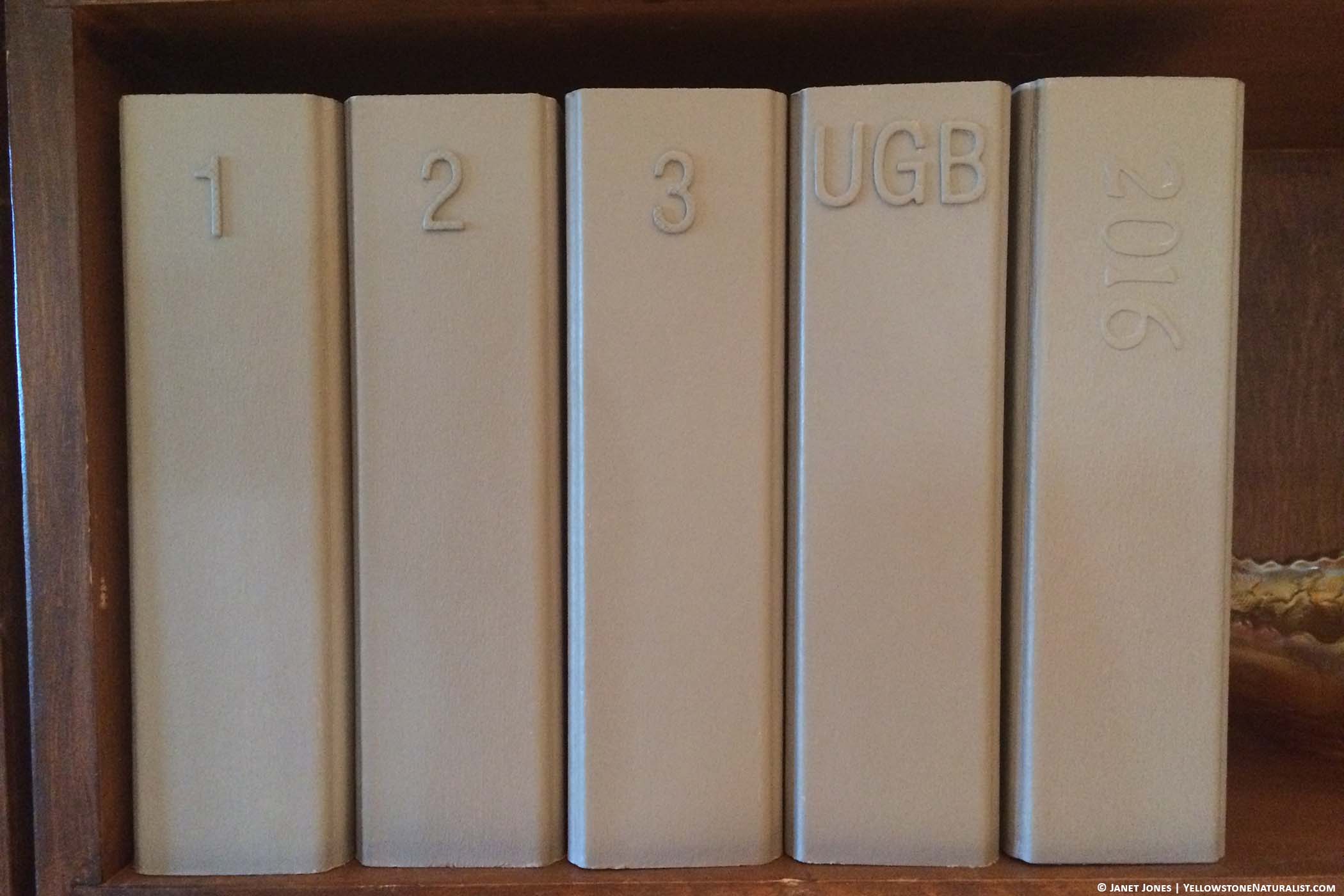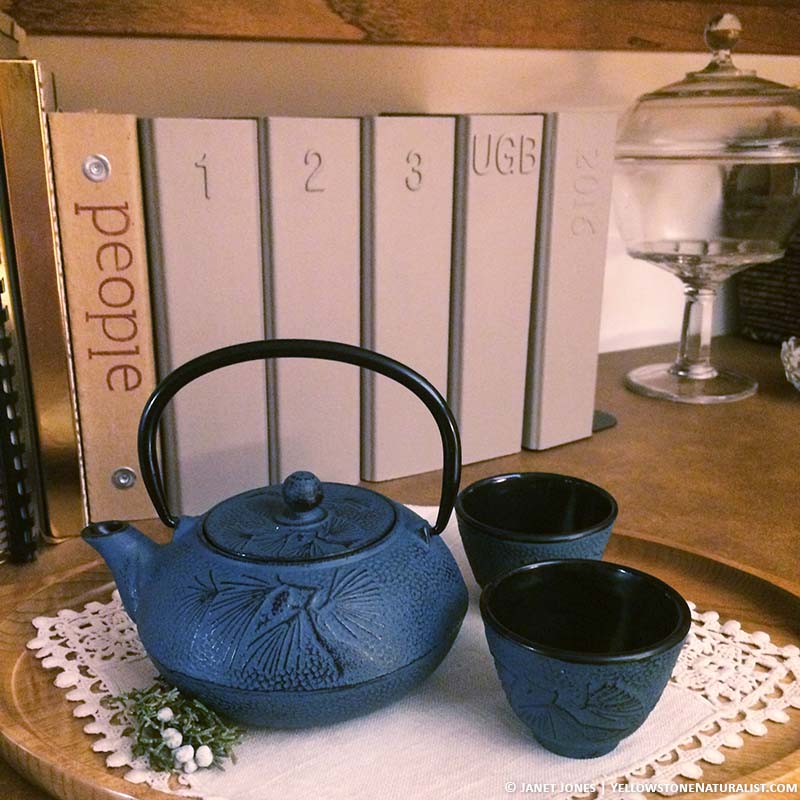How to be outside more
As you start to think about what you want your 2017 to look like, you might want to add in more time outside. Being outside is healthy for us on many levels. Connecting with nature has been proven to have multiple health and mental well being benefits.
One of the easiest ways to make this a part of your life is to simply keep a phenology journal. Just jot down the little things you notice about nature. Just a sentence or two and add it in on a calendar system.
ORGANIZING
I use a binder system. Currently #1 contains January – June and #2 contains July – December. Binder #3 contains the species accounts. (UGB = Upper Geyser Basin and 2016 is the personal yearly journal)
At first it was only one binder, and I added in pages with the date as needed. But recently I went back and added in all the missing pages because I’m more likely to add in observations if I don’t need to do that extra step.
I also shifted all my ‘trip report’ pages to the appropriate day. This way it becomes more complete overall. I’m also adding in pocket page protectors with photos to round it out.
The first two binders are nearly full at this point, so most likely sometime in 2017, I’ll add in another binder and shift the contents around. This is a huge reason why I chose to go with a binder system, and ended up having my own binders made (that I sell here) so I didn’t quickly end up with a dozen different binders.
But no matter what you choose to use, once the ‘home’ for your observations is set, find a place to keep it out where you (and ideally your family members) can easily jot down what is seen.
FINDING A FOCUS
The next key component is to find a focus. You don’t have to stick with that one throughout, but when starting a nature journal, it helps to have one thing to keep looking for. It’ll naturally expand from there.
WEATHER
It’s winter as I write this, so many of my observations are of the weather. Noticing and paying attention to the weather is a great way to start.
Can you get yourself closer to the observations that people 100 years ago took for granted? Can you look at the clouds and know when a change in the weather is literally on the horizon with out the aid of a cell phone? The clouds look vastly different in winter than in summer – and the transitions during spring and fall as well.
THE FIRSTS OF SPRING
Come spring, the firsts are a traditional way of tracking phenology (the study of the seasons). When do the robins or Sandhill Cranes return? What about the first breeding song you hear from a bird (often a Black-capped Chickadee around here)? The first flower in your garden or walk you take?
GARDENING
Maybe you want to have a great garden this year. The seed catalogs will soon arrive. Keeping a phenology journal for your garden can work as well. Keep track of what you plant and when. Add in what you do to the soil each year and how the harvest turns out. Writing these small notes down can improve the results you get from year to year.
SCHEDULE IT TO MAKE IT HAPPEN
Our local Audubon Society starts their Spring Migration Bird Count in March. They meet at the same place and take the same route starting a half hour after sunrise each week. This consistency gives it more weight as a citizen science project.
Do you take a regular route that could help you track the same trees budding out or turning colors in the fall? Even driving your kids to school is an opportunity for this.
Find a place to visit regularly. Maybe it’s a walk around your neighborhood. Or you might visit a state wildlife area once every week or two. But find a place to visit regularly.
TAKE NOTES
Find a small notebook to bring with you. The pocket-sized ones are the best. These are your field notes. They are not formal – but just a place to jot down something so you can remember to enter it later in your journal. You can use your phone, but sometimes that needs to stay out of the way so you can connect with nature. Pen and paper keeps your focus on a goal better in my experience.
TRIGGER YOUR CURIOSITY
This might not happen right away. You might make a hundred small observations before you get that, “Huh. That’s odd/interesting/unusual.”moment.
That’s a sign your curiosity has been triggered. Go with it. Let it take you to the computer to look something up. Find out a little bit more. Add that in to your journal. This can become the start of a species account.
DECIDE
To sum it up, really what you have to do is decide to do this. At least give it a try.
One observation on its own means little. But let those observations build and you end up with something that can lead you down amazing paths.

